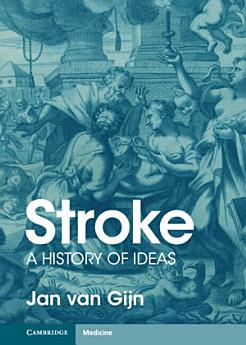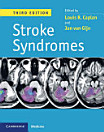Stroke: A History of Ideas
Jan van Gijn
Jul 2023 · Cambridge University Press
Ebook
442
Pages
reportRatings and reviews aren’t verified Learn More
About this ebook
Stroke, as known today, is caused by occlusion or rupture of one or more blood vessels in the brain. Its manifestations were reported as long as medical records exist; sudden collapse, loss of movement and sensation, with preserved respiration and heart action. The book chronicles how ideas about events in the brain or its blood vessels evolved over 400 years. Starting with the revival of ancient medicine in the middle of the 16th century, the narrative ends in the 20th century, when techniques for brain scanning heralded the possibility of treatment for cerebrovascular disease. The narrative is exclusively based on primary sources and shows how this part of medical knowledge evolved, including byways and blind alleys. Frequent accounts from original sources assist the reader in following how clashes of opinions led to improved understanding, making this an indispensable reference for the history of stroke research.
About the author
Jan van Gijn was Professor and Chairman of the Department of Neurology at Utrecht University Medical Centre, from 1983 to 2007. From 1996 to 2008 he was also Editor of the Dutch Journal of Medicine (Nederlands Tijdschrift voor Geneeskunde). He was Joint Chief Editor of the Journal of Neurology (1994-2001) and Associate Editor of Brain (2004-2014). He (co)authored around 400 original articles and reviews in peer-reviewed international journals, over 50 book chapters and 9 books, all mainly about cerebrovascular disease. He has been elected as a member of the Royal Dutch Academy of Arts and Sciences.
Rate this ebook
Tell us what you think.
Reading information
Smartphones and tablets
Install the Google Play Books app for Android and iPad/iPhone. It syncs automatically with your account and allows you to read online or offline wherever you are.
Laptops and computers
You can listen to audiobooks purchased on Google Play using your computer's web browser.
eReaders and other devices
To read on e-ink devices like Kobo eReaders, you'll need to download a file and transfer it to your device. Follow the detailed Help Center instructions to transfer the files to supported eReaders.




